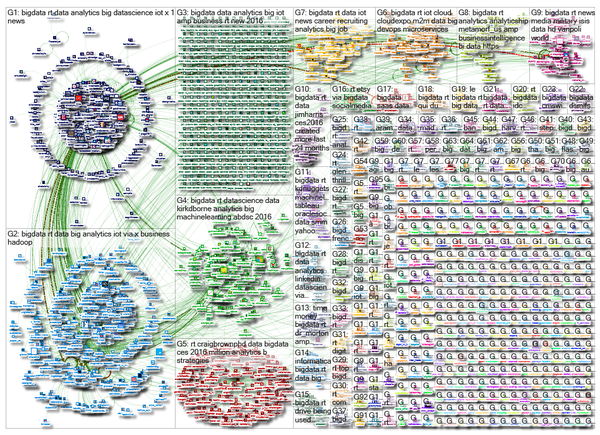An interactive graphical history of large data breaches by Mark Gibbs.
From the post:
If you’re trying to convince your management to beef up the organization’s security to protect against data breaches, an interactive infographic from Information Is Beautiful might help.
Built with IIB’s forthcoming VIZsweet data visualization tools, the World’s Biggest Data Breaches visualization combines data from DataBreaches.net, IdTheftCentre, and press reports to create a timeline of breaches that involved the loss of 30,000 or more records (click the image below to go to the interactive version). What’s particularly interesting is that while breaches were caused by accidental publishing, configuration errors, inside job, lost or stolen computer, lost or stolen media, or just good old poor security, the majority of events and the largest, were due to hacking.
Make sure the powers that be understand that you don’t have to be a really big organization for a serious data breach to happen.
See Mark’s post for the image and link to the interactive graphic.
Hackers (human intelligence) are kicking cybersecurity’s ass 24 x 7.
Danger of AI (artificial intelligence), maybe, someday, it might be a problem, but we don’t know or to what extent.
What priority do you assign these issues in your IT budget?
If you said hackers are #1, congratulations! You have an evidence-based IT budgeting process.
Otherwise, well, see you at DragonCon. I’m sure you will have lots of free time when you aren’t in the unemployment line.
PS: Heavy spending on what is mis-labeled as “artificial intelligence” is perfectly legitimate. Think of it as training computers to do tasks humans can’t do or that machines can do more effectively. Calling it AI loads it with unnecessary baggage.






